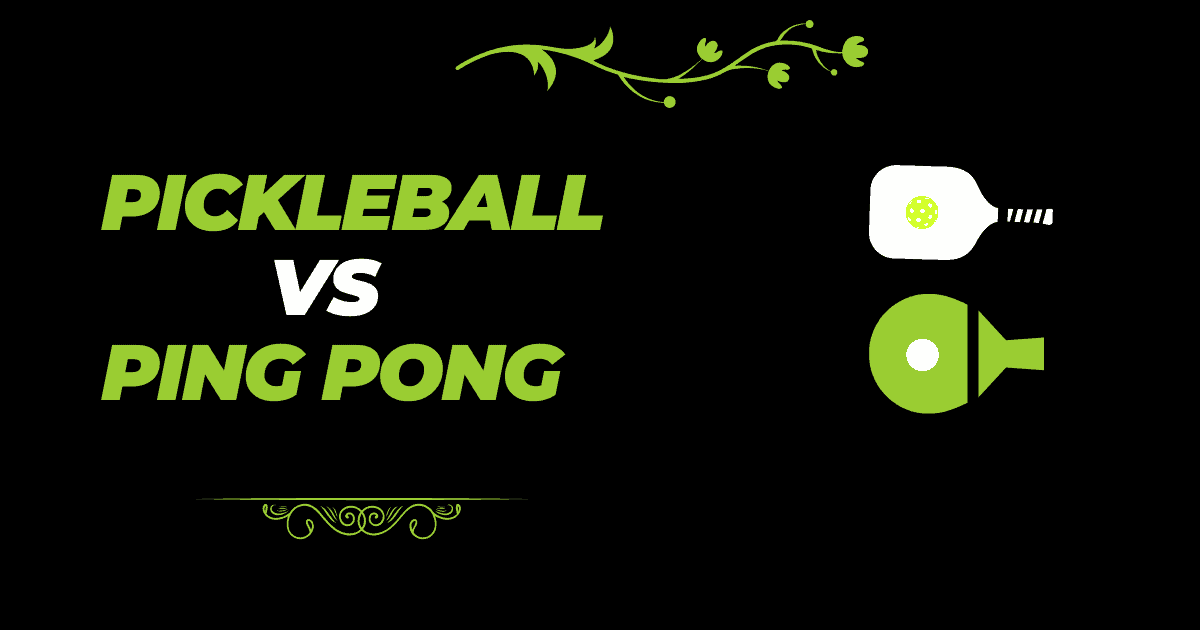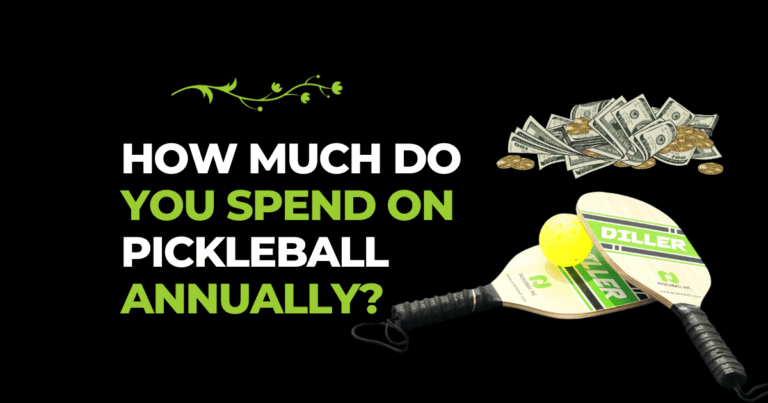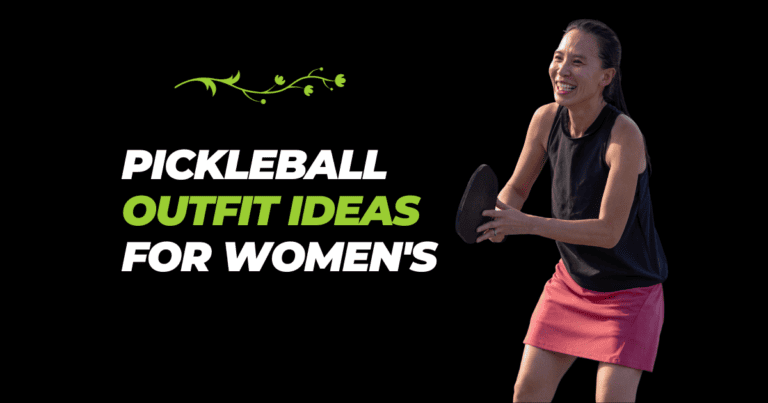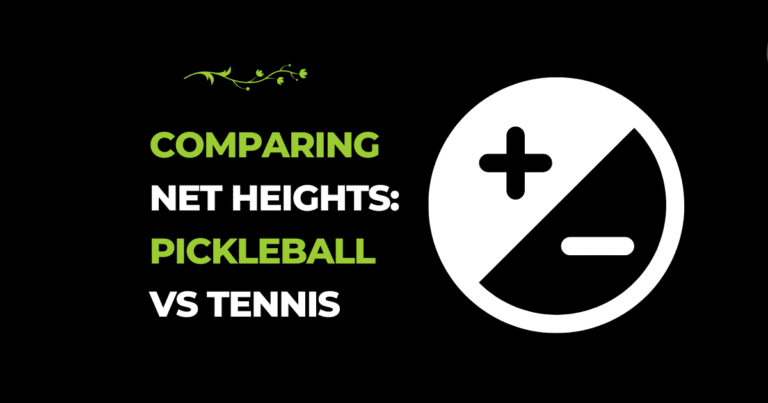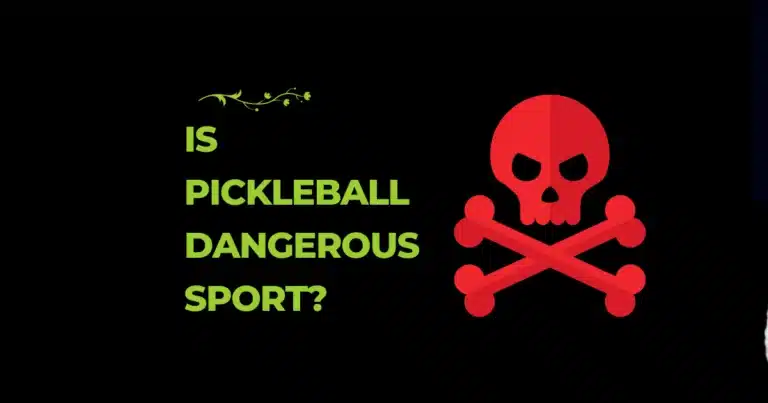Last updated on: July 20, 2023
Get ready for an exciting showdown in the world of racket sports: Pickleball vs Ping Pong! These popular games have captured the hearts of players everywhere. With easy-to-learn rules and fun gameplay, Pickleball blends the best of badminton, tennis, and ping pong.
Meanwhile, Ping Pong, known as table tennis, offers lightning-fast action and thrilling rallies. Join us as we compare their histories, equipment, and benefits. Let’s dive into the unique skills needed and the lively communities they’ve created. Discover which sport reigns supreme as we settle the age-old question: Pickleball or Ping Pong – which is better?
History and Origins
When we look at Pickleball History, it was initially born in the backyards of Washington State and has rapidly gained worldwide popularity. The game’s inception can be traced back to 1965, when Joel Pritchard, William Bell, and Barney McCallum created a hybrid of badminton, tennis, and ping pong.
On the other hand, ping pong has a rich heritage rooted in England during the late 19th century. It has since grown into an internationally recognized sport, captivating players of all ages and skill levels. Despite their disparate origins, both sports have independently evolved and gained dedicated followings.
Equipment and Setup
- Pickleball Equipment: Paddles, lightweight balls with holes, and a court about one-third the size of a tennis court
- Ping Pong Equipment: Rackets, a small celluloid ball, and a specific table with dimensions (9ft x 5ft x 2.5ft.)
Comparison of Equipment Cost for Pickleball and Ping Pong
| Aspect | Pickleball | Ping Pong |
|---|---|---|
| Paddles/Rackets | $20 – $100 | $10 – $200+ |
| Balls | $5 (per set) | $5 – $15 (per pack) |
| Court | Smaller, cost-effective | Dedicated tables, $200+ |
| Equipment Cost | Relatively lower | Varies widely |
| Accessibility | Widely available | Easily found |
Gameplay and Rules
Pickleball’s gameplay revolves around serving, scoring, and employing various strategies against opponents. The aim is to hit the ball over the net and into the opponent’s court without committing faults.
On the other hand, Ping pong focuses on precise serve techniques, employing different scoring systems, and implementing tactics such as spin and placement to gain an advantage.
Understanding the unique aspects of each sport’s rules is crucial to thoroughly enjoying and excelling in the game.
Physical Demands and Fitness Benefits
Pickleball offers a low-impact, inclusive experience that caters to players of all ages and fitness levels. This sport provides a well-rounded workout, combining cardiovascular endurance, strength, and flexibility training. Here are some of its benefits:
- Engages various muscle groups: The continuous movement in pickleball activates the legs, core, and upper body, promoting overall muscle tone and strength.
- Enhanced cardiovascular health: The fast-paced rallies and constant movement elevate the heart rate, improving cardiovascular endurance.
- Improved flexibility: The game’s dynamic nature encourages players to stretch and reach for shots, enhancing overall flexibility and agility.
In contrast, ping pong demands quick reflexes, requiring players to react swiftly to fast-paced shots. The sport challenges mental focus and physical agility, making it a delightful way to stay mentally sharp while active.
- Sharpens hand-eye coordination: Ping pong’s rapid rallies enhance hand-eye coordination, promoting better reflexes and responsiveness.
- Mental stimulation: The fast decision-making during games keeps the brain active, improving cognitive function and concentration.
Skill Requirements and Learning Curve
Pickleball is often considered easier to pick up and play, making it accessible to beginners. Mastering the basic strokes and techniques, such as volleys and smashes, lays the foundation for success. Additionally, advanced players focus on mastering the dink and third shot drop, which require finesse and precise control.
In contrast, ping pong demands precision and quick reflexes. Players must develop fundamental techniques, such as grip, stance, and footwork, while also mastering the art of spin to execute effective serves, forehands, and backhands.
Social Aspects and Community
Pickleball has gained a reputation for its welcoming and inclusive culture. It provides ample socialization opportunities, mainly through doubles play and tournament participation. Many local communities and clubs have embraced the sport, fostering a sense of friendship among players.
Similarly, ping pong has a vibrant community, with table tennis associations and organizations organizing competitive leagues. Ping pong’s social aspect extends beyond formal competitions, as it is commonly enjoyed in casual settings such as bars, cafes, and ping pong parlors.
Versatility and Adaptability
Pickleball stands out for its versatility, allowing players to enjoy the game indoors and outdoors. The sport can be played on various court surfaces, including concrete, asphalt, and indoor flooring. Portable nets have also contributed to their popularity in recreational settings.
Conversely, ping pong predominantly occurs indoors, adhering to specific table dimensions and surface materials. Dedicated indoor clubs and facilities cater to the demand for quality gameplay and competitive events.
Popularity and Global Reach
Pickleball has experienced exponential growth, becoming the fastest-growing sport in America. The sport’s rise is evident through increased participation rates and tournament attendance. Moreover, pickleball has expanded beyond American borders, gaining international recognition and popularity in countries worldwide.
As a global table tennis phenomenon, Ping pong has achieved Olympic status and boasts a wide range of elite competitions. It holds significant cultural significance in different countries, reflecting diverse playing styles and traditions.
Final Thoughts
In the end, while Pickleball and Ping Pong have their merits, Pickleball emerges as the clear winner for its all-encompassing appeal. With a low-impact nature, accessibility for all ages, and the combination of cardio, strength, and flexibility benefits, Pickleball is the ideal choice for a fun and inclusive workout.
So, if you’re looking for a sport that keeps you physically active and fosters a welcoming community spirit, Pickleball is undoubtedly the game for you. Grab a paddle and experience the joy of this fast-growing and exhilarating sport!
Frequently Asked Question
Which sport is easier to learn for beginners?
Pickleball is generally considered easier to pick up and play, making it an excellent choice for beginners. The simplified rules and smaller court size allow newcomers to grasp the fundamentals and easily enjoy the game. However, both sports offer learning curves that can be rewarding as players progress.

